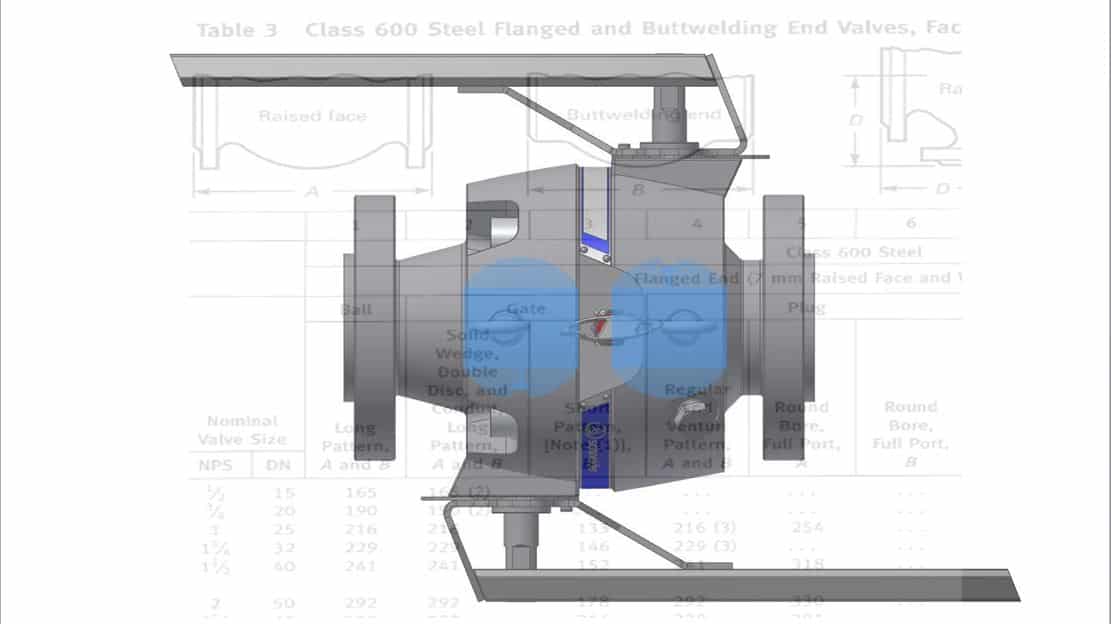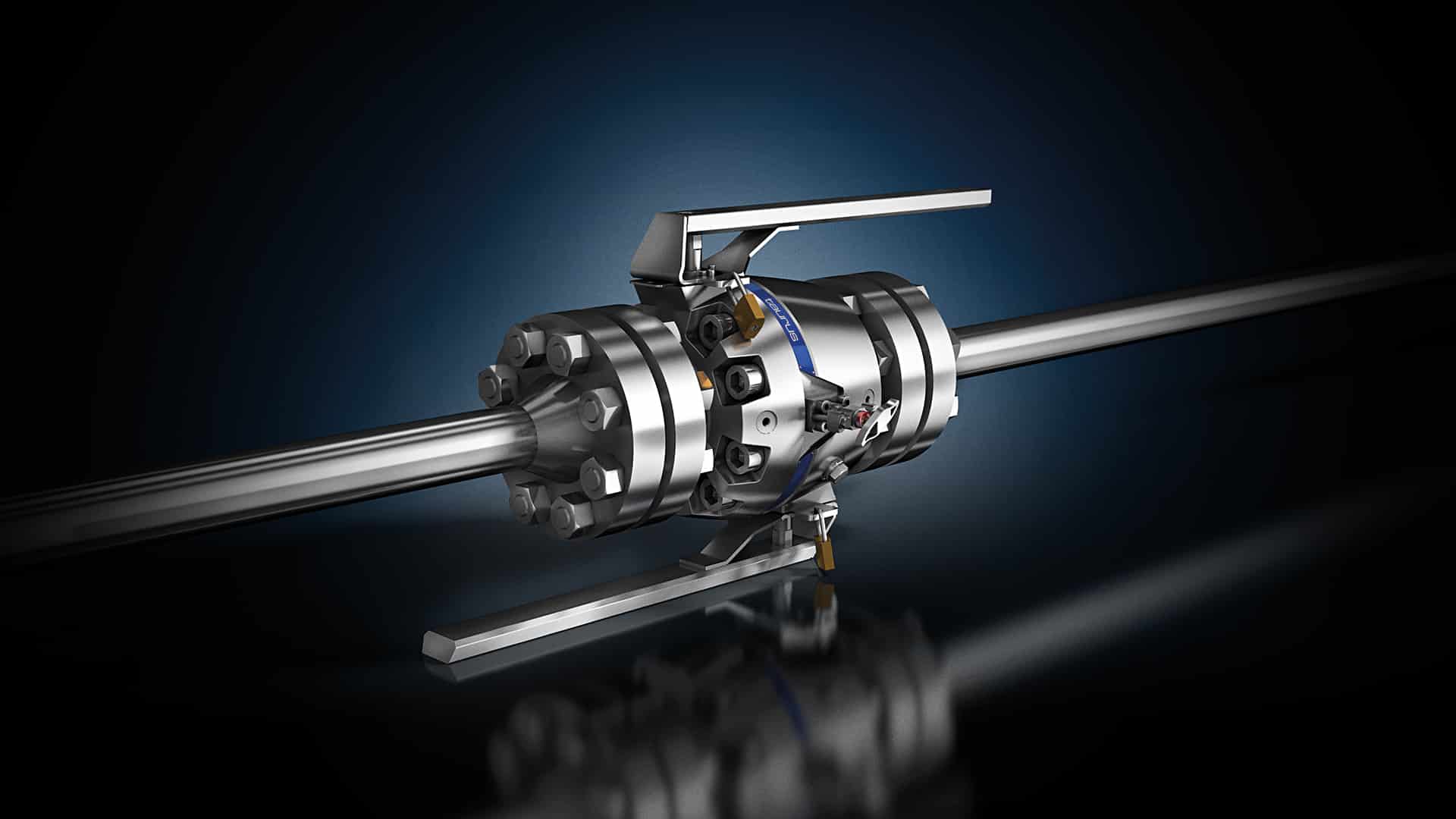There has always been a lot of confusion and misunderstanding when it comes to Full Bore and Reduced Bore terminology. Let me try to explain some interesting facts. For example, DBB Valves are developed mainly for the use in the Oil and Gas sector. In this industry, the relevant design standards are ….
Continue readingReplace a single ball valve by a Double Block & Bleed
When creating the design specification for our Taurus Series we came along the point ‘face to face’ dimensions. Immediately some colleague said “ASME B16.10 and EN 558 – but same length as a single ball valves for the Taurus DBB with 2 balls and a bleed in between?”
Well, we discussed that there might be a possibility to achieve this goal and we listed some values and benefits we could offer to our customers with such a short face to face dimension:
The major benefit would be that the new Double Block & Bleed (DBB) Pipeline Ball Valve (Taurus-Series) has the same face-to-face dimension as a single block ball valve. The length of a single block ball valve is specified in ASME B16.10 and APl 6D. As a consequence the valve can easily be installed into an existing pipeline without the need for any re-work on the pipeline.
Continue readingHow tight is your Valve Seat?
When people ask me, how tight our valve seats are, I usually get an increased heart rate and I most would like to say “Oh yes, they are very tight”.
But fun aside ….
Please note that I’m not talking about external tightness (stem sealing and body sealing), as there are already several accepted standards like ISO 15848-1, API 622, API 624, etc. which describe the evaluating of the valve design with respect to fugitive emissions. Those standards where driven by the legal environmental requirements and do not consider the internal tightness of the valve.
When talking about valves seat tightness, we have to differ between just a maximum leak rate of a production test and a seat performance test.
Continue reading



